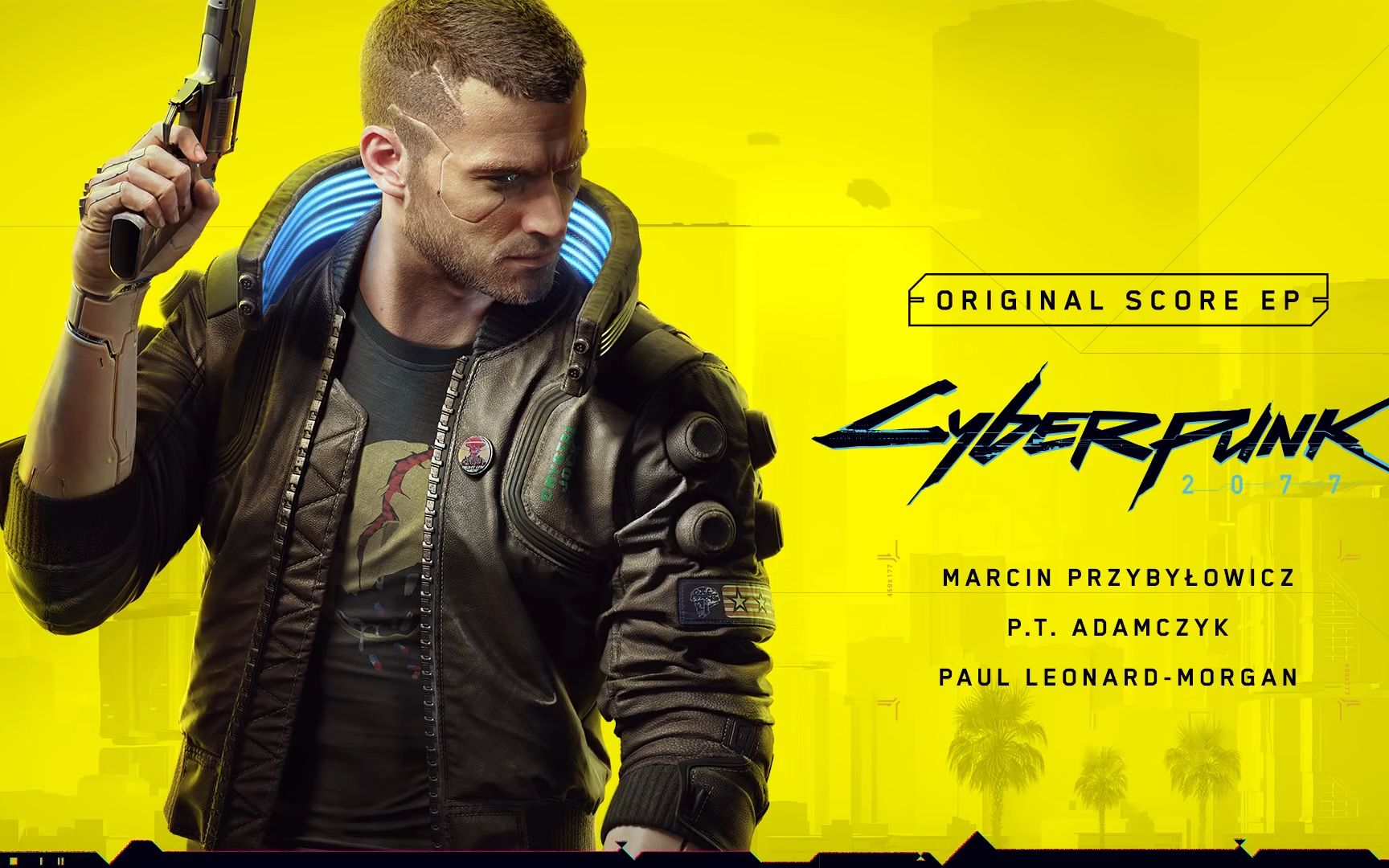Of all the modern auteurs in the video game industry, few are as polarizing or as visionary as Hideo Kojima. His first independent project, Death Stranding, arrived in 2019 as a magnificent, confounding, and defiantly unique experience. It was a game about connection in a broken world, delivered through a gameplay loop of solitary traversal and asynchronous online collaboration. While critically acclaimed, it was also divisive; a "strand game" that some found meditative and profound, while others dismissed as a glorified walking simulator. The release of Death Stranding Director’s Cut on PlayStation 5 (and later PC) was not merely a next-gen port. It was a comprehensive revision, a refinement of Kojima's original vision. Its highest score isn't found on a review aggregator, but in the way it masterfully polishes the core gameplay, making the journey across America more engaging, accessible, and deeply rewarding than ever before.
The foundational experience of Death Stranding—the act of delivering cargo—remains gloriously intact. The Director’s Cut doesn’t seek to dismantle the tense, physics-based traversal that made the original so memorable. The thrill of carefully planning a route, of steadying yourself against a raging river, of watching your step on a precarious mountain slope, is all present. However, it is in the quality-of-life improvements and new tools where the Director’s Cut truly shines, subtly easing friction without sacrificing the game’s challenging soul.
One of the most significant early-game additions is the Maser Gun. In the original, BTs (Beached Things) were a source of constant dread, often leading to frustrating encounters where the best option was to hold your breath and sneak through. The Maser Gun, a non-lethal energy weapon that can temporarily immobilize BTs from a distance, empowers the player. It doesn’t remove the threat but provides a more active and strategic tool for engagement. This, coupled with the ability to launch cargo catapults across vast distances to set up supply lines or create distractions, adds a new tactical layer to planning deliveries and navigating hostile territory.
The new racing mode and the accompanying Roadster and Floating Carrier upgrades might seem like a bizarre addition on the surface, but they are a masterstroke in gameplay pacing. The original game’s end-game often involved constructing elaborate zipline networks across the entire map, effectively bypassing the world you had worked so hard to navigate. The race track, unlockable through a new story mission for the character Deadman, provides a dedicated arena for high-speed fun, satisfying the urge for velocity without trivializing the overworld’s challenges. Furthermore, the upgraded Floating Carrier, which can now be ridden like a hoverboard down slopes, is a pure joy. It transforms long, arduous return trips from a mountain peak into an exhilarating and skillful descent, rewarding the player’s uphill struggle with a moment of effortless flow.
Structurally, the Director’s Cut introduces new missions and areas that feel seamlessly woven into the existing narrative fabric. The extended firing range is more than a simple tutorial space; it’s a narrative-driven facility that encourages players to experiment with the expanded arsenal, including new weapon types like the massive artillery piece. New story missions, such as those involving a mysterious ruined factory, offer tighter, more linear levels that provide a compelling contrast to the vast open world. These missions focus on classic third-person action and stealth, showcasing the versatility of the game’s mechanics and offering a refreshing change of pace without ever feeling out of place.

The power of the PlayStation 5 hardware is leveraged to not just enhance, but to deepen the immersion. The haptic feedback and adaptive triggers of the DualSense controller are arguably the most impactful next-gen feature. You feel the tension of a ladder being secured through the triggers, the subtle pitter-patter of rain on the controller’s surface, and the distinct resistance of different terrain under Sam’s boots. This tactile feedback makes the physicality of the journey more tangible than ever. Combined with stunning 4K visuals, drastically improved load times, and a performance mode that offers a buttery-smooth 60fps, the Director’s Cut is the definitive way to experience its breathtaking, hauntingly beautiful world.
Ultimately, Death Stranding Director’s Cut is the culmination of Kojima Productions listening to feedback and honing their creation. It demonstrates a profound understanding of what made the original game special—the quiet struggle, the shared burden of connection, the stark beauty of isolation—and systematically addresses the points of friction that prevented some players from fully embracing it. It doesn’t change the destination, but it vastly improves the journey. By providing more tools, more variety, and a more immersive technical presentation, it lowers the barrier to entry without ever lowering its ambitions. It is the most complete, polished, and engaging version of a modern classic, a director’s cut that truly earns its name by refining the gameplay to a brilliant sheen, allowing Kojima’s unparalleled vision to connect with an even wider audience.















